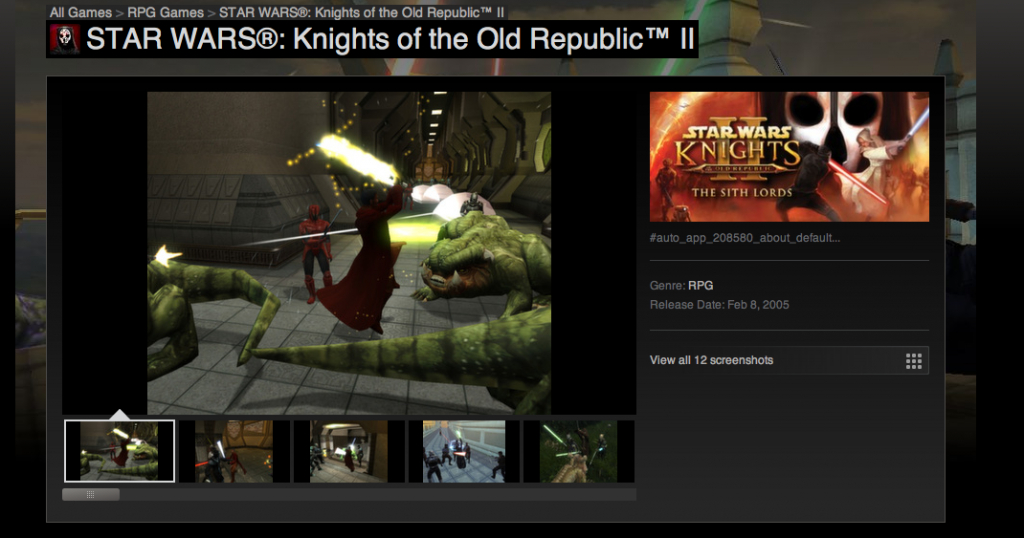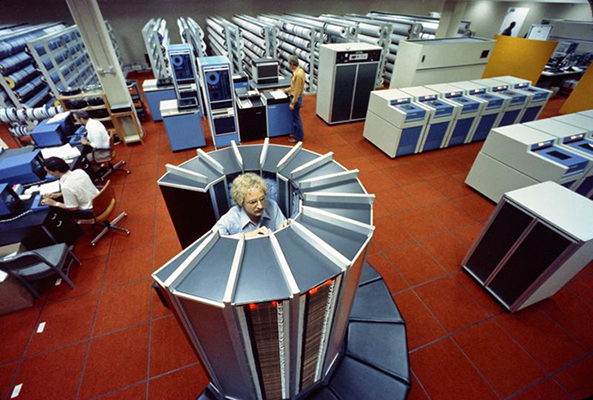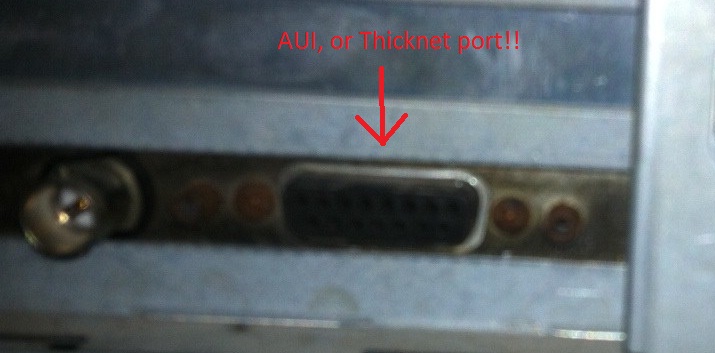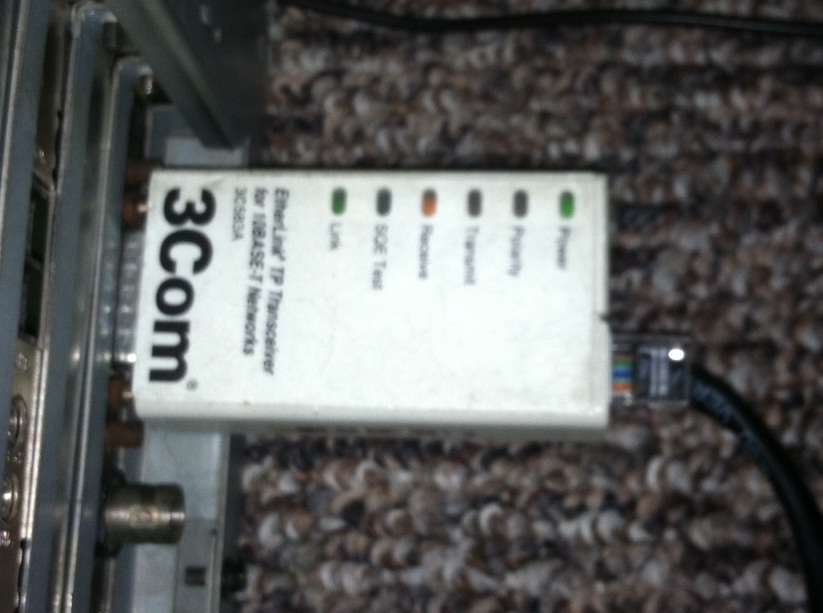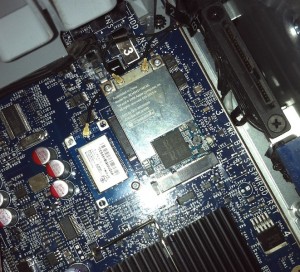
There! Done!
Trust me if you’ve ever attempted this, then you know not only just how difficult this whole process is, but to not only get it working was a major accomplishment!
And I only lost ONE of the screws.. Sigh they are just too small, I finally broke down and got an eye glass repair kit after losing one of them (no idea where it went to, I shook the case like crazy then it stopped rattling, so its either wedged somewhere good, or I’ve thrown it somewhere around here….). Â The trick was to use a small plastic sleeve to jam the screw almost all the way in, with enough of the stem showing so I could carefully get a few twists of the tread into the hole…
But of course I didn’t start it out that way, instead I thought it’d be easier to clip on the antennas to the wifi card (BCM94311MCAG) first, then slip it into its slot, then screw it down, but since it goes in at an angle, it forces itself up & out so you end up fighting it. Â This is where I lost the one screw during installation. Â The ‘trick’ was to use my iphone’s camera light so I could see what I was doing, then try to press down on the wifi card while trying to screw in the board using one of the plastic sleeve things from the repair kit. Â Surprisingly after enough false starts I got it to thread and was able to finish screwing it in with the driver.
The Bluetooth module (A1115) was much easier, as it is just a simple daughter card, that you just push onto the board, then screw in. Â Because its not actively resisting you, it was much easier to get into place, and screw in…. I just hope mine lasts ok as its only got the one screw.
As always have a clean work area, and take your time. Â Working with stuff this insanely small is going to take longer than you expect..

